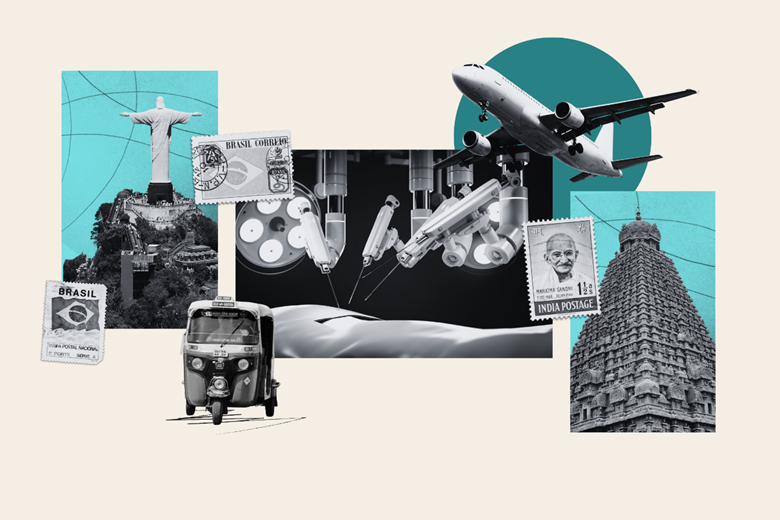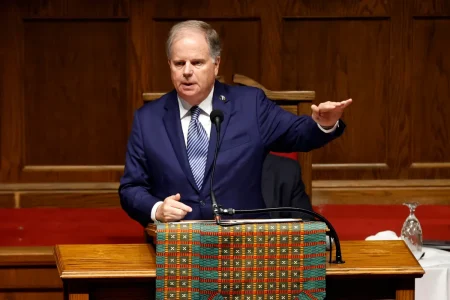The Global Rise of Medical Tourism: Beyond Hair Plugs and Vacation Surgeries
Medical tourism has evolved far beyond the stereotype of middle-aged men returning from overseas with bandaged heads after hair transplant vacations. Today, it represents a sophisticated global healthcare phenomenon valued at over $31 billion in 2024, with projections to reach $87.33 billion by 2030. This remarkable growth reflects the industry’s dramatic expansion into complex medical procedures and life-saving treatments. In Brazil, neurosurgery and cardiac procedures—particularly for pediatric cases—stand among the most sought-after services according to Veridiana Penteado Cordaro of A Beneficência Portuguesa de São Paulo. The country also specializes in aerodigestive surgery and advanced gynecological treatments like endometriosis care. Similarly, India has become a destination for sophisticated medical interventions including oncology, cardiac care, organ transplantation, hematology, neurosciences, orthopedics, and pediatrics, as noted by Anil Vinayak of Fortis Healthcare Limited. This diversification highlights how medical tourism has transformed into a comprehensive healthcare solution addressing serious medical needs rather than merely elective procedures.
Brazil’s emergence as a leading medical tourism destination stems from its unique combination of cutting-edge technology and warm cultural hospitality. A 2024 report identified Brazilians as the friendliest people toward foreign visitors, creating an environment where patients receive not just technical excellence but also empathetic care. “In Brazil’s case, there is the added bonus of a warm and welcoming culture,” Cordaro explained to Newsweek. “It is, therefore, a phenomenon that combines the search for clinical excellence with the appreciation of a complete experience, in which the patient finds both technical safety and empathy in care.” Most medical tourists to Brazil come from the United States (particularly Florida), Uruguay, Portugal, Paraguay, and Angola. Despite these advantages, medical tourists everywhere face common challenges: reduced social support networks, cultural and language barriers, and the complications of post-operative air travel. Brazilian hospitals have responded by implementing comprehensive programs for international patients, including concierge services, multilingual support, and partnerships with medical tourism operators to create what Cordaro describes as “a complete care journey, designed to be safe, effective and welcoming.”
The emotional impact of medical tourism extends beyond clinical outcomes, affecting both patients and healthcare providers in profound ways. Cordaro reflects on this human dimension: “The most surprising aspect of medical tourism is experiencing firsthand the patients’ stories and the emotion they express when achieving positive results after undergoing often complex treatments. These accounts reveal not only the trust placed in our institution but also the joy and transformative impact that excellence in medicine can bring to people’s lives and their families.” This testimony underscores how medical tourism creates meaningful connections across cultural boundaries while delivering life-changing medical interventions. The industry’s success hinges not just on technical excellence but on creating humanizing experiences that recognize patients’ vulnerability when seeking care far from home.
India’s medical tourism landscape is experiencing a significant demographic shift that’s reshaping its healthcare sector. While the country has long welcomed international patients, Vinayak of Fortis Healthcare notes “a significant surge in Non-Resident Indians (NRIs) returning to India from developed nations for medical treatments, driven by lower healthcare costs and enhanced insurance options.” Traditional source regions like Africa, the Middle East, Commonwealth of Independent States, South Asian Association for Regional Cooperation countries, and Southeast Asia continue to provide a consistent flow of patients. Cities like Lucknow and Ahmedabad are specifically adapting their medical infrastructure to accommodate international patients, focusing on affordable treatments and streamlined experiences. The challenges remain similar to those faced globally: logistical complexities, cultural differences, language barriers, and difficulties with post-operative follow-up care. In response, Indian hospitals have developed specialized International Patient Services teams providing comprehensive support from visa facilitation to translation services and virtual follow-up consultations.
The economic impact of medical tourism extends far beyond hospital walls, creating ripple effects throughout national economies. In India, Vinayak observes that the industry “has driven investment in advanced hospital infrastructure and world-class facilities, raising the quality of care overall.” This investment generates employment not only in healthcare but also in adjacent sectors like hospitality, travel, and patient services. The development helps “position India as a trusted global healthcare destination” while improving healthcare standards for domestic patients as well. Similar economic benefits accrue to other medical tourism hubs, where the influx of international patients stimulates infrastructure development, technological advancement, and professional specialization. The industry thus creates a virtuous cycle where economic incentives drive quality improvements that attract more patients, further strengthening healthcare systems.
Medical tourism in 2024 represents one of healthcare’s most dynamic and rapidly evolving sectors, offering patients unprecedented choice in their medical journeys. Whether seeking treatment in Brazil’s warm, technologically advanced hospitals or India’s cost-effective, specialized facilities, patients now have options that transcend geographical limitations. The industry has progressed remarkably from its stereotypical beginnings, now addressing serious medical conditions with world-class expertise while simultaneously creating cultural bridges between nations. As healthcare providers continue developing specialized programs for international patients—addressing language barriers, cultural differences, and logistical challenges—the medical tourism experience becomes increasingly seamless. The human element remains central: patients receive life-changing care while providers gain fulfillment from treating diverse populations and witnessing transformative outcomes. This globalization of healthcare represents not just a business opportunity but a profound shift in how we conceptualize access to medical treatment, allowing patients to receive the care they need regardless of where they live.















